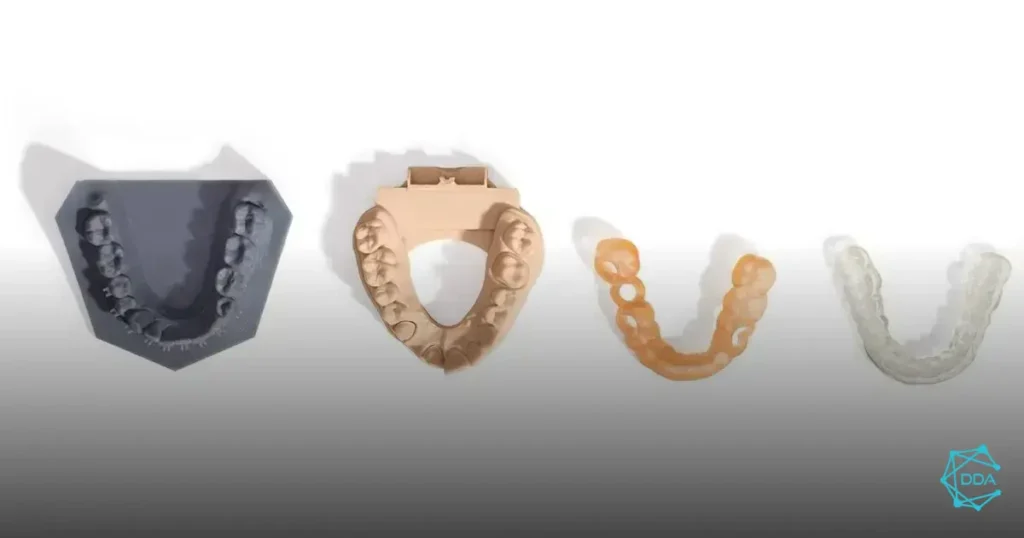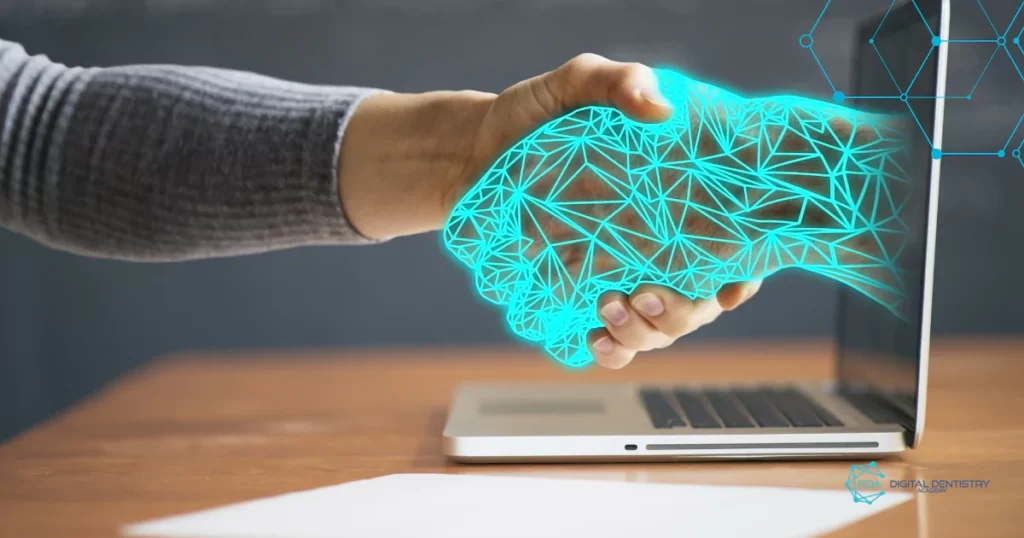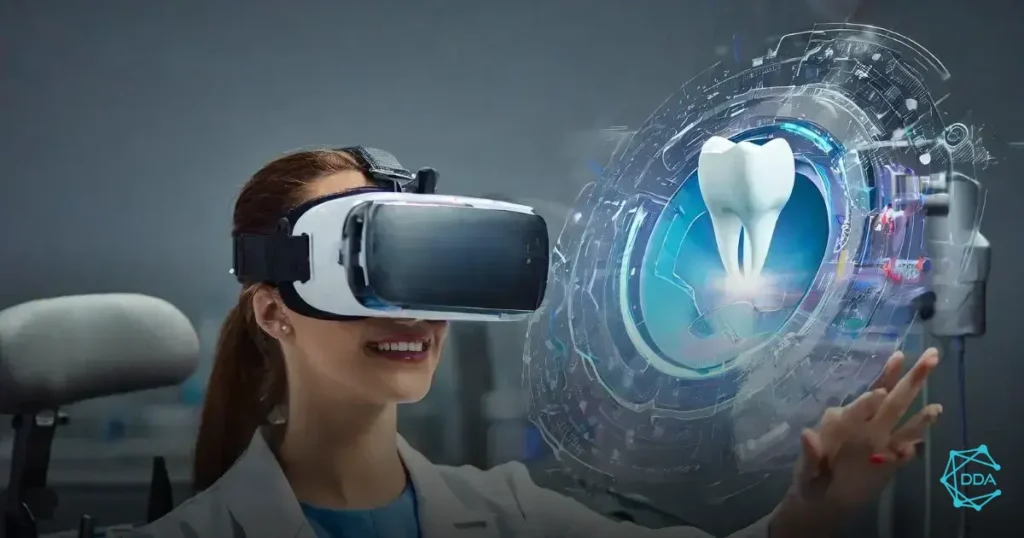When it comes to digital dentistry courses, it is important to find options that offer the knowledge necessary to keep up with technological advances in the field of dentistry. With the advent of digital technology, many processes in the field of dentistry have been improved, resulting in more efficient and precise treatments.
Benefits of digital dentistry courses
Digital dentistry courses offer a wide range of benefits for professionals who want to stay up to date with the latest technologies and techniques. Here are some key points:
1. Monitoring the latest technologies
Digital dentistry courses provide knowledge about the latest technologies used in the field, such as intraoral scanning, CAD/CAM, 3D printing and facial scanning. By staying up to date with these technologies, professionals can offer more advanced and precise treatments to their patients.
2. Improving the efficiency and precision of treatments
Digital dentistry allows professionals to carry out treatments more quickly and accurately. With the use of intraoral scanning and 3D printing, the creation of dental prostheses and restorations can be done more efficiently, eliminating the need for conventional impressions. Furthermore, professionals can visualize the final results of the treatment before carrying it out, which improves the predictability and accuracy of the results.
3. Greater patient satisfaction
With digital dentistry, patients benefit from faster, more accurate and more comfortable treatments. Furthermore, they can have a more active participation in treatment planning, as they can visualize the final results before starting any procedure. This results in greater patient satisfaction.
Main topics covered in digital dentistry courses
Digital dentistry courses cover a wide range of topics, providing professionals with the knowledge necessary to use digital technologies in their dental practice. Some of the main topics covered in the courses include:
1. Intraoral scanning
Practitioners learn to use intraoral scanning devices to obtain accurate digital images of the oral cavity. This eliminates the need for conventional impressions and improves the patient experience.
2. CAD/CAM
CAD/CAM is a technology that allows the creation of dental prosthetics and restorations through computer graphics and computerized machining. Professionals learn to use design software and CNC machines to manufacture precise dental prosthetics.
3. 3D printing
3D printing is a technology that allows you to create dental models and prosthetics from digital files. Professionals learn to use 3D printers to manufacture precise, personalized models.
4. Facial Scan
Facial scanning is used to capture 3D images of the patient's face, allowing simulations of aesthetic treatments and the manufacture of personalized facial prosthetics.
5. Integration of digital dentistry into clinical workflow
Professionals learn to integrate digital technologies into their clinical workflow, from treatment planning to prosthetic manufacturing. This involves the use of monitoring software and collaboration with digital prosthetics laboratories.
Conclusion
Digital dentistry courses are essential for professionals who want to stay up to date and offer more advanced treatments to their patients. The advancement of digital technology has revolutionized dentistry, providing more efficient, precise and comfortable treatments. With the knowledge acquired in digital dentistry courses, professionals can be prepared to face the challenges and enjoy the benefits of this digital era in oral health.






